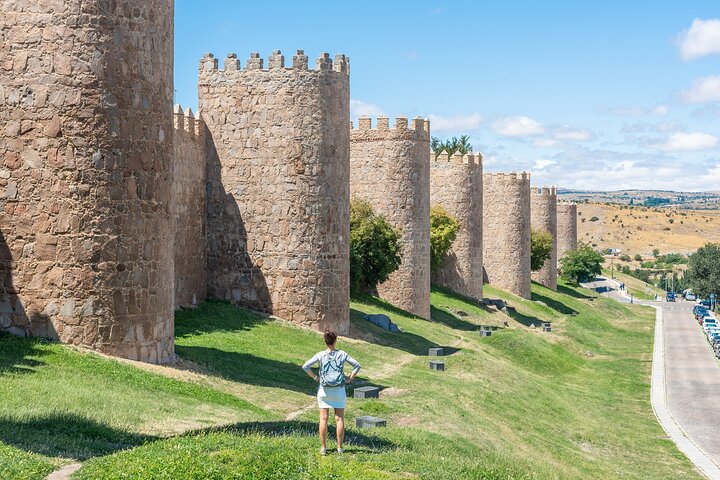Exploring Spain’s Historic Triad: Toledo, Segovia, and Ávila
As a travel writer with a passion for history, I was drawn to the allure of Toledo, Segovia, and Ávila. These cities promised a rich tapestry of cultural heritage, and I was eager to explore their ancient streets and iconic landmarks. Join me as I recount my journey through these historic gems.
Toledo: A Tapestry of Cultures
Our journey began in Toledo, a city often referred to as the “Second Rome” due to its rich historical tapestry. As a former professor of European history, I was particularly drawn to the city’s unique blend of Christian, Islamic, and Jewish influences. The narrow, cobbled streets of Toledo seemed to whisper stories of the past, each corner revealing a new architectural marvel. The Toledo Cathedral, with its intricate Gothic design, stood as a testament to the city’s Christian heritage. Nearby, the Alcázar of Toledo loomed majestically, a fortress that has witnessed centuries of history.
One of the highlights of our visit was the Mirador del Valle, a viewpoint offering panoramic vistas of the city. The view was nothing short of breathtaking, with the Tagus River winding its way through the landscape. It was a perfect spot for capturing the essence of Toledo in photographs. As we wandered through the city, we indulged in local delicacies, including the famous marzipan, a sweet treat that has been a part of Toledo’s culinary tradition for centuries.
Segovia: A Roman Legacy
Our next destination was Segovia, a city renowned for its iconic Roman aqueduct. This ancient structure, remarkably well-preserved, is a testament to the engineering prowess of the Romans. As we stood beneath its towering arches, I couldn’t help but marvel at the ingenuity of those who built it. The aqueduct is not just a historical monument; it is a symbol of Segovia’s enduring legacy.
Segovia’s charm extends beyond its aqueduct. The Alcázar of Segovia, perched atop a rocky crag, resembles a fairytale castle with its turrets and towers. It was easy to imagine knights and royalty wandering its halls. We took a leisurely stroll through the city, pausing to enjoy a traditional lunch of cochinillo, or suckling pig, a local specialty that was as delicious as it was indulgent.
Ávila: A Fortress of Faith
Our final stop was Ávila, a city encircled by formidable medieval walls. These walls, among the most complete in Spain, offered a unique perspective of the city and its historical significance. Walking along the ramparts, I felt a deep connection to the past, imagining the lives of those who once defended this city.
Ávila is not just about its walls; it is a city of faith and spirituality. We visited the Cathedral of Ávila, a stunning example of Romanesque architecture, and the Convent of Saint Teresa, a place of pilgrimage for many. The city’s tranquil atmosphere was a welcome respite after a day of exploration.
Our guide, with their wealth of knowledge and enthusiasm, enriched our experience with fascinating historical anecdotes. Despite the packed schedule, we never felt rushed, allowing us to fully appreciate the rich cultural heritage of each city. This Heritage City Tour was a journey through time, a chance to walk in the footsteps of history and immerse ourselves in the beauty of Spain’s past.






















































